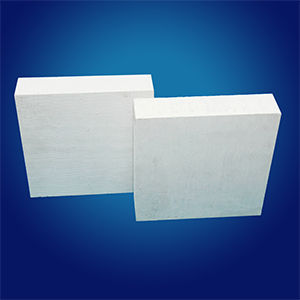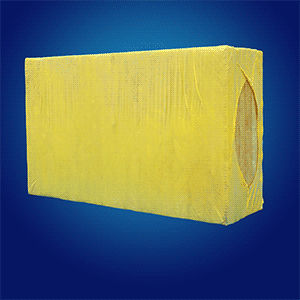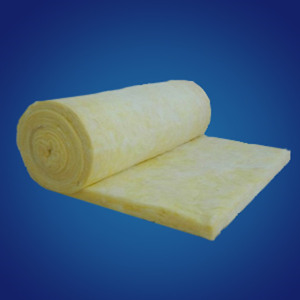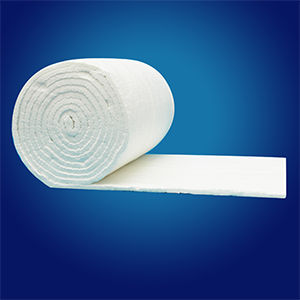
If you have any need for our products, please contact us in time
Contact Us
Why does the exterior wall use rock wool board for insulation
Posted by:Yolanda Date:08.Dec.2018
The external wall thermal insulation rock wool board is specially designed and produced for the external thermal insulation thin plastering system of the building. It is suitable for the external wall insulation or energy saving of new or existing buildings with dense structures such as concrete or brick walls.
External wall thermal insulation rock wool board is special rock wool board for external wall insulation, Class A non-combustible fireproof insulation material, high compressive and tensile strength, low water absorption and hygroscopicity, good dimensional stability, no occurrence Thermal expansion or shrinkage, anti-aging and other advantages, can be compatible with the external wall system, providing effective insulation, energy saving, fire protection and extreme weather protection for buildings.
At present, both high-rise buildings and low-rise villas pay attention to external wall insulation, because the use of insulation system on the exterior wall of the building can effectively protect the indoor temperature from being scattered, which can reduce energy consumption. At present, most of the external wall insulation uses rock wool board, which is the most widely used exterior wall insulation material. For many builders, it is the most important thing for them to effectively use the insulation effect of the building.
The rock wool board not only guarantees the temperature of the building, but also has strong fireproof performance. In the fire, the rock wool board is very stable and will not change due to the increase of temperature. The high temperature resistance of the rock wool board also surprises you. Its melting point is higher than 1000 degrees Celsius. In the event of fire, the rock wool board will not have other smoke and debris, which can effectively protect the household.
There are several forms of rock wool board insulation: internal insulation, external insulation, and sandwich insulation. Different insulation method






